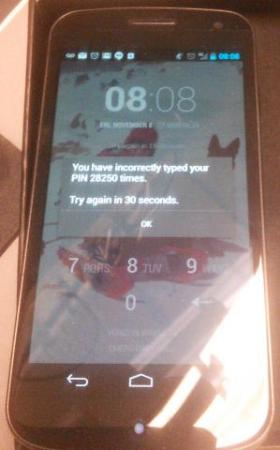To wrap up my quick tour through the wonderland of make and makefiles, we’re going to look at a pair of possible makefiles for building ARM projects. Although I’m specifically targeting the STM32F407, the chip on a dev board that I have on my desk, it’s reasonably straightforward to extend these to any of the ST ARM chips, and only a bit more work to extend it to any ARM processor.
If you followed along in the first two installments of this series, I demonstrated some basic usages of make that heavily leveraged the built-in rules. Then, we extended these rules to cross-compile for the AVR series of microcontrollers. Now we’re going to tackle a more complicated chip, and that’s going to mean compiling with support libraries. While not required, it’s a lot easier to get an LED blinking on the ARM platforms with some additional help.
One of the main contributions of an IDE like Arduino or mbed or similar is the ease of including external libraries through pull-down menus. If you’ve never built a makefile-based project before, you might be surprised how it’s not particularly more difficult to add libraries to your project.
Continue reading “Embed With Elliot: ARM Makefile Madness”













